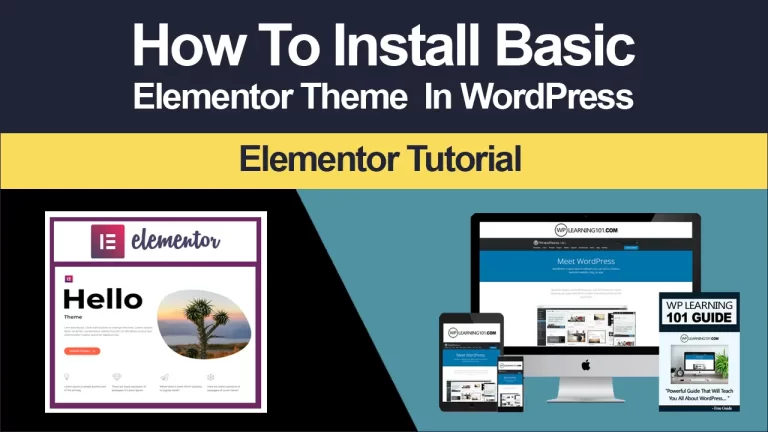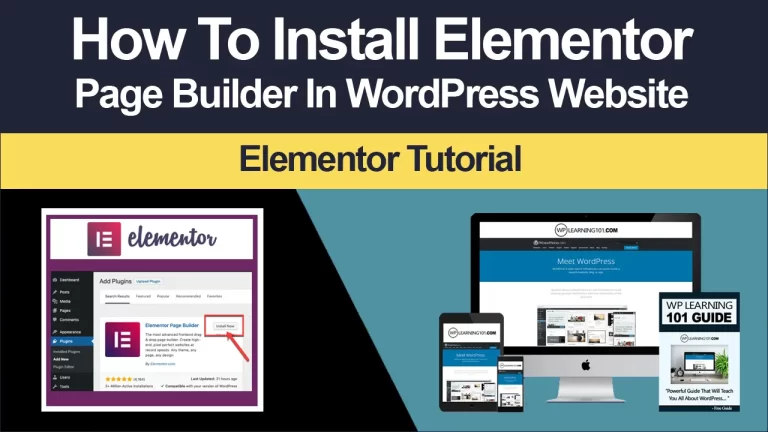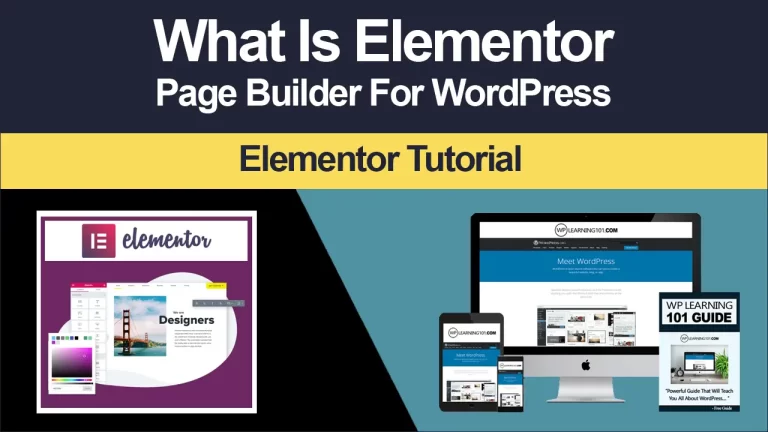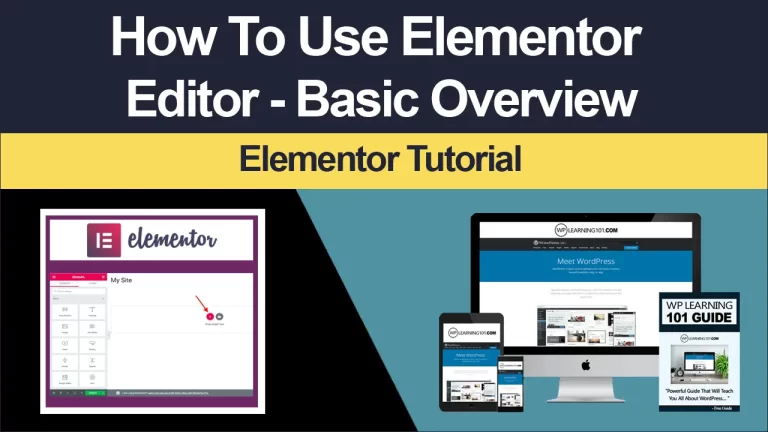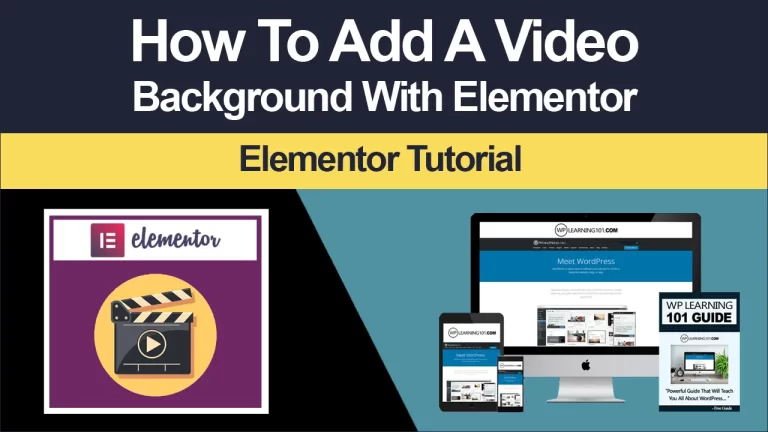How To Create A Landing Page In WordPress Using Elementor

Beginners Guide: How To Create A Landing Page In WordPress Using Elementor
Introduction to Landing Pages
Landing pages play a crucial role in online marketing and have a significant impact on the success of your website. They are standalone pages designed to serve a specific purpose, such as capturing leads, promoting a product, or driving sales. A landing page should be clear, concise, and easy to navigate, with a clear call-to-action that motivates visitors to take the desired action.
In this beginner’s guide, we will show you how to create a landing page in WordPress using Elementor, a popular page builder plugin. By following the steps outlined in this guide, you’ll be able to create a high-converting landing page that effectively communicates your message and achieves your marketing goals.
Choosing a WordPress Theme for Your Landing Page
Before you start building your landing page, it’s important to choose a WordPress theme that supports the page builder you’ll be using. A theme acts as the framework for your website, providing the layout and design elements that form the foundation of your site.
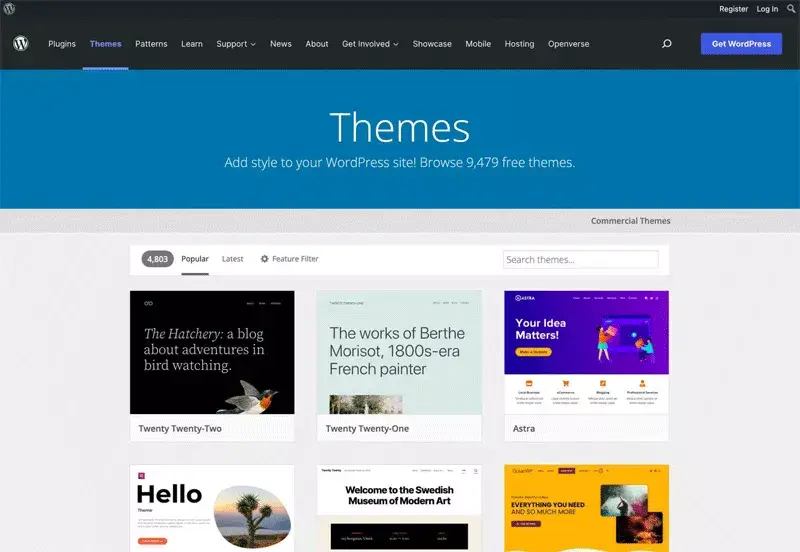
When selecting a theme, consider the following factors:
- Does the theme support the page builder you’ll be using?
- Does the theme have the design elements and layout you need for your landing page?
- Does the theme have a responsive design, meaning it will look good on different devices, such as desktop computers, tablets, and smartphones?
Installing Elementor Page Builder
Once you’ve selected a WordPress theme for your landing page, the next step is to install Elementor. Elementor is a powerful page builder that allows you to create custom pages without needing to know how to code.
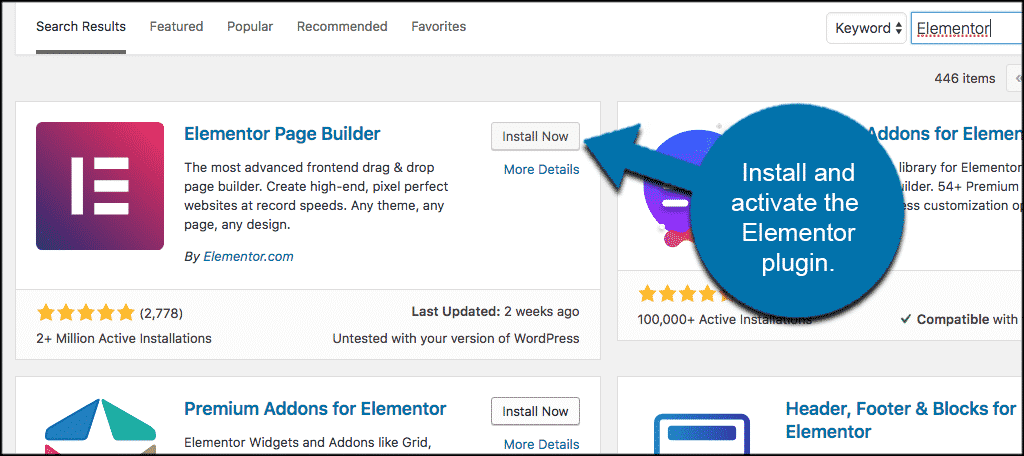
To install Elementor, follow these steps:
- Log in to your WordPress dashboard
- Go to Plugins > Add New
- Search for Elementor in the search bar
- Click Install Now and then Activate
Creating Your Landing Page with Elementor
With Elementor installed, it’s time to start building your landing page. Elementor provides a drag-and-drop interface, making it easy to create pages even if you don’t have any coding experience.
To create your landing page, follow these steps:
- Go to Pages > Add New
- Click on Edit with Elementor
- Choose a template or start from scratch
- Add elements to your landing page, such as text, images, and buttons
- Customize the elements to match your brand and design preferences
Optimizing Your Landing Page for Conversions
Now that your landing page is built, it’s time to optimize it for conversions. Conversion optimization is the process of making changes to your landing page to improve its performance and increase the number of visitors who take the desired action.
To optimize your landing page for conversions, consider the following techniques:
- Make sure your landing page has a clear, concise message.
- Use a strong call-to-action that motivates visitors to take the desired action.
- Improve the user experience by making your landing page easy to navigate and understand.
- Use A/B testing to test different versions of your landing page and see which one performs best
Launching and Promoting Your Landing Page
With your landing page optimized for conversions, it’s time to launch it and start promoting it to your target audience. There are a variety of digital marketing channels you can use to promote your landing page, such as social media, email marketing, and paid advertising.
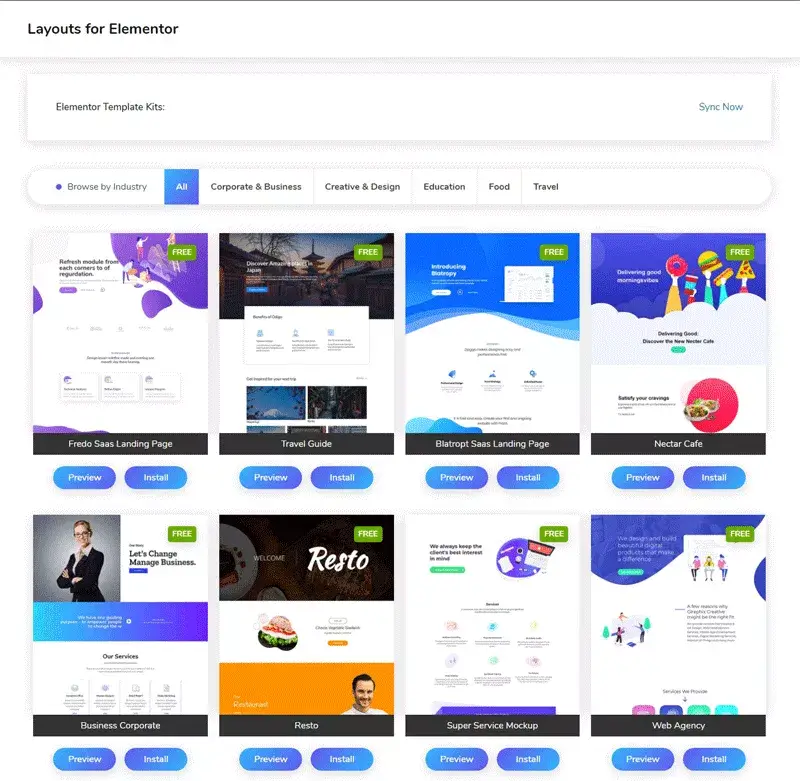
To launch and promote your landing page, follow these steps:
- Make sure your landing page is live and accessible from your website.
- Share your landing page on your social media accounts.
- Use email marketing to promote your landing page to your subscribers.
- Consider using paid advertising, such as Google Ads or Facebook Ads, to drive traffic to your landing page.
- Utilize search engine optimization (SEO) to improve your landing page’s visibility in search engine results pages.
- Collaborate with influencers or bloggers in your niche to promote your landing page to their followers.
Creating a landing page in WordPress using Elementor is a straightforward process that can help you achieve your marketing goals and drive conversions. By following the steps outlined in this beginner’s guide, you’ll be able to create a high-converting landing page that effectively communicates your message and motivates visitors to take the desired action.
Remember to choose a WordPress theme that supports Elementor, install the page builder, create your landing page using the drag-and-drop interface, optimize your landing page for conversions, and promote it through digital marketing channels. With a little effort and attention to detail, you can create a landing page that drives results for your business.
Landing pages are a vital component of online marketing and can have a significant impact on the success of your website. By creating a landing page in WordPress using Elementor, you’ll be able to reach your target audience and achieve your marketing goals. Happy landing page building!
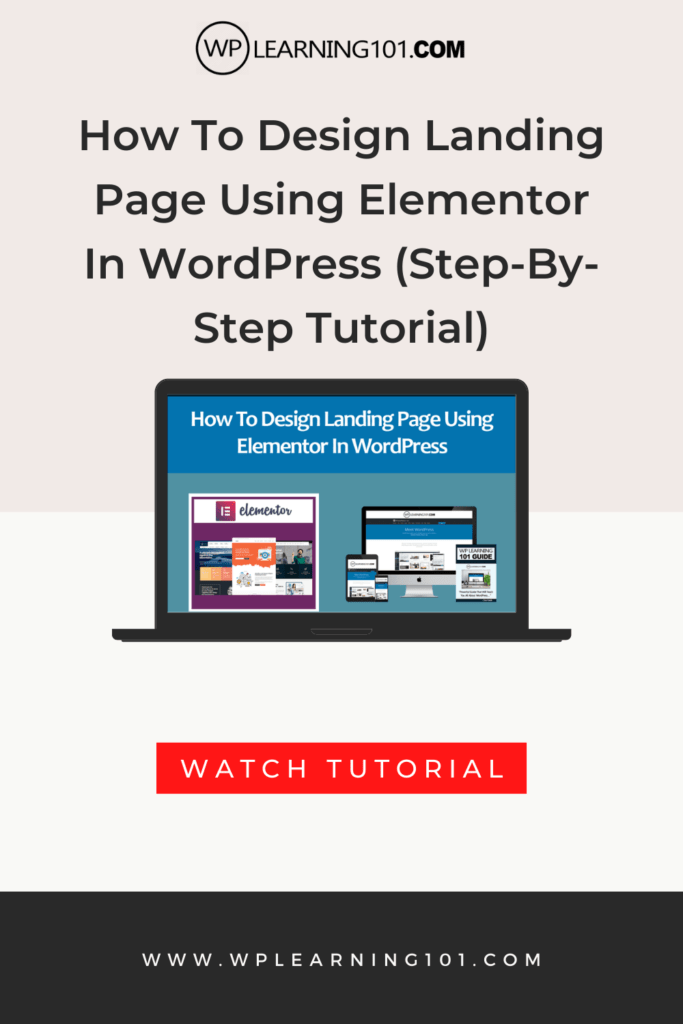
Here are some detailed bullet points that summarize the main points of the article:
- Landing pages are standalone pages designed to serve a specific purpose, such as capturing leads, promoting a product, or driving sales.
- WordPress and Elementor are a popular combination for creating landing pages.
- When selecting a WordPress theme, consider factors such as compatibility with Elementor, design elements and layout, and responsive design.
- Installing Elementor is simple and can be done through the WordPress dashboard.
- Elementor provides a drag-and-drop interface for creating custom pages without coding knowledge.
- Optimize your landing page for conversions by having a clear and concise message, a strong call-to-action, a good user experience, and using A/B testing.
- Launch and promote your landing page through social media, email marketing, paid advertising, and SEO.
- Collaborate with influencers or bloggers to reach a wider audience.
- Landing pages are a crucial component of online marketing and can have a significant impact on the success of your website.
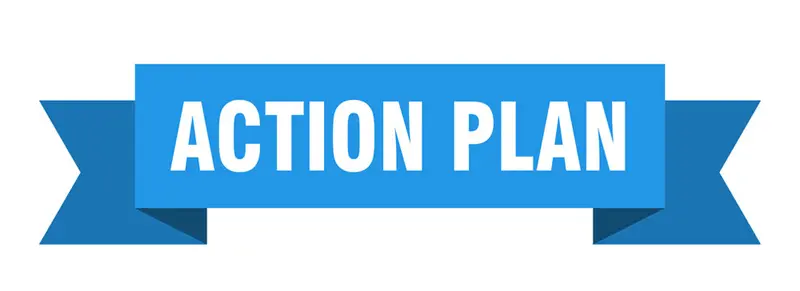
Here is a suggested action plan based on the main points outlined in the article:
1. Define the purpose of your landing page: Before you begin creating your landing page, determine the goal you want to achieve, such as capturing leads, promoting a product, or driving sales.
2. Select a WordPress theme: Choose a theme that is compatible with Elementor, has the design elements and layout you need, and is responsive.
3. Install Elementor: Follow the simple installation process through the WordPress dashboard.
4. Create your landing page: Use the drag-and-drop interface provided by Elementor to create a custom page without any coding knowledge.
5. Optimize for conversions: Ensure that your landing page has a clear and concise message, a strong call-to-action, good user experience, and is optimized through A/B testing.
6. Launch and promote your landing page: Utilize social media, email marketing, paid advertising, and SEO to drive traffic to your landing page.
7. Collaborate with influencers or bloggers: Reach a wider audience by partnering with influencers or bloggers in your niche.
8. Monitor and adjust your landing page: Regularly evaluate your landing page’s performance and make necessary adjustments to improve its effectiveness.
By following this action plan, you will be able to create a high-converting landing page in WordPress using Elementor and achieve your marketing goals.
In conclusion, a well-designed landing page is a crucial component of online marketing and can have a significant impact on the success of your website. By using WordPress and Elementor, you can easily create a custom landing page without any coding knowledge that serves your specific marketing needs.
To create a high-converting landing page, follow these steps:
1. Define the purpose of your landing page
2. Select a WordPress theme that supports Elementor
3. Install Elementor
4. Create your landing page using the drag-and-drop interface
5. Optimize your landing page for conversions by having a clear message, a strong call-to-action, good user experience, and using A/B testing
6. Launch and promote your landing page through social media, email marketing, paid advertising, and SEO
7. Collaborate with influencers or bloggers to reach a wider audience
8. Monitor and adjust your landing page regularly.
By following this action plan, you’ll be able to create a landing page that effectively communicates your message, motivates visitors to take the desired action, and drives results for your business. Investing time and effort in creating a well-designed landing page will pay off in the long run and help you achieve your marketing goals.


